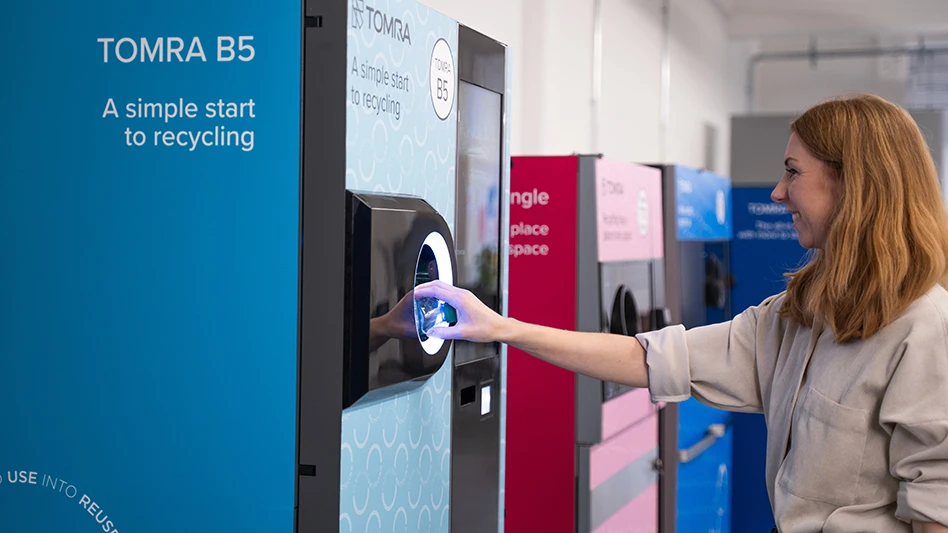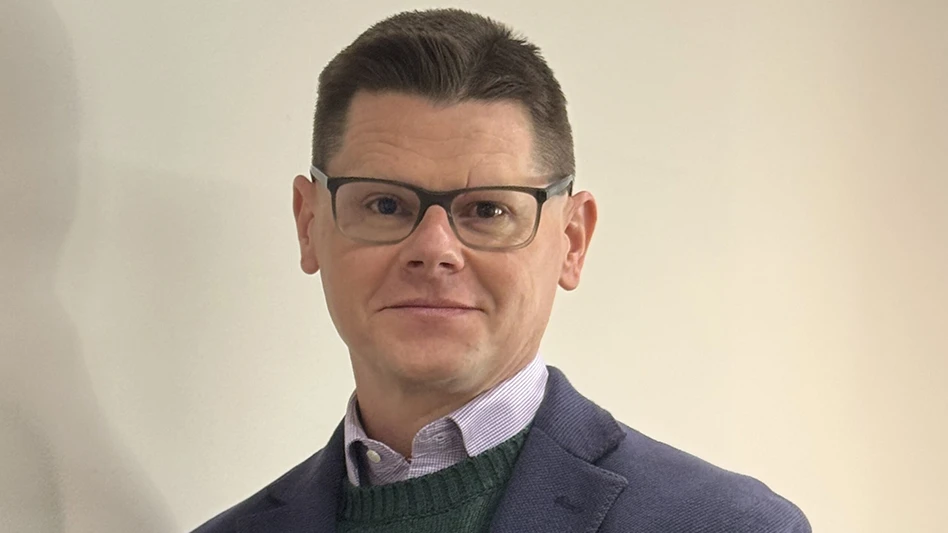
The battery recycling firm RSR Corp., Dallas, has announced the activation of the wet electrostatic precipitator (WESP) air emissions control system at its Indianapolis secondary lead smelting operations.
The company says the installation will improve the environment, create green jobs and make the facility one of the cleanest lead battery recycling facilities in the world.
"Our company firmly believes in sustained environmental improvement and going above and beyond what is required by federal and state laws,” says A.J. Williams, vice president and plant manager of Quemetco Inc., a wholly owned subsidiary of RSR Corp. “Installing WESP at our Indianapolis facility is a demonstration of our commitment to the environment and to this community. We believe WESP technology should be the standard for all lead battery recycling facilities and we urge EPA to take the necessary steps to make that happen."
RSR says WESP technology can be implemented to remove multiple types of acid gases and particulate matter. The battery recycling process emits both kinds of materials and, with WESP, Quemetco can virtually eliminate emissions of lead, arsenic and other pollutants, the company says.
RSR invested $25 million to retrofit its battery recycling facility in Indianapolis. RSR first installed the WESP technology at its Quemetco, Calif., facility four years ago, where it has dramatically lowered emissions of lead, arsenic and other pollutants.
The installation took nearly 12 months to install the WESP technology.
Robert Finn, president and CEO of RSR, says the decision to invest in the secondary smelter follows the company’s belief that it has to be as diligent as possible in reducing emissions at the plants. “We want to make sure we aren’t harming anyone,” Finn says. “Our goal is to get the emissions down to zero.”
The WESP technology is an “off-the-shelf” technology that can be used by any company, Finn says.
According to RSR, WESP technology has reduced lead emissions to 1 percent of their previous levels - from 614.96 pounds emitted per year to less than 5 pounds per year. The company says it also reduced more than 90 percent of arsenic, nickel and cadmium emissions generated at the plant.
RSR says it expects to install WESP technology at its Middleton, N.Y., secondary smelter facility next. Finn says the company has begun doing engineering work at the New York smelter and expects the project to be completed within 14 months.
Latest from Recycling Today
- ReMA urges open intra-North American scrap trade
- Axium awarded by regional organization
- China to introduce steel export quotas
- Thyssenkrupp idles capacity in Europe
- Phoenix Technologies closes Ohio rPET facility
- EPA selects 2 governments in Pennsylvania to receive recycling, waste grants
- NWRA Florida Chapter announces 2025 Legislative Champion Awards
- Goldman Sachs Research: Copper prices to decline in 2026





